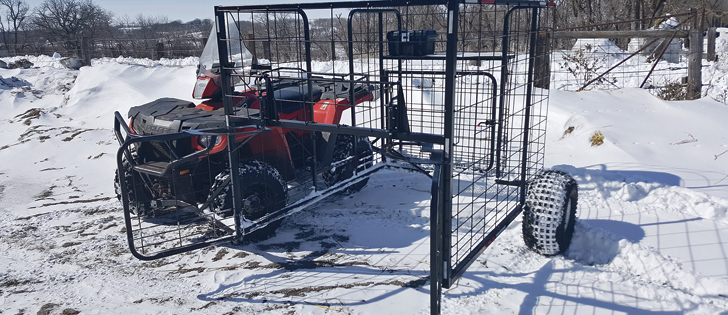At least one Dutch hog producer is bucking the broker system of buying and selling manure.
The Nistelrode farm is an 1,800 sow to weanling operation that produces 2.4 million gallons of manure a year.
The owner does not want to depend on a broker who can dictate the prices and conditions of manure deals.
In his efforts to be independent, the operator runs two large vertical screw presses along with a series of storage cells. Manure initially runs from the barns into a large covered concrete storage tank, which has an agitation system to homogenize the manure.
Read Also

Volatile temperatures expected for this winter
DTN is forecasting a lot of temperature variability in the Canadian Prairies this winter. Precipitation should be close to average.
Dutch law requires that all such pits be covered, regardless of the type of manure or processing stage.
Raw manure is pumped from the tank into the two elevated screw presses, which partially separate liquids from solids.
The solids are immediately trucked to an anaerobic bio-digester 2.5 kilometres from the farm. This is a significant financial benefit to the farm because it eliminates the need for investment in an on-farm storage facility for solids.
However, the farm loses money on the liquid, which is pumped into a smaller aerobic tank. The nitrogen is removed by blowing it off into the atmosphere, which eliminates the opportunity to recover the full economic value of the manure.
The few remaining solids settle to the bottom of the aerobic tank, which return to the screw presses for a second run at squeezing out remaining liquid.
The farm had originally built reed wetland to further remove nutrients, but this approach was unsuccessful.
The biodigester company needed a reliable supply of feedstock, so it paid to build the farm’s treatment system. In exchange, the farmer signed a seven year agreement, which includes transporting solids to the bio-gas plant.
















